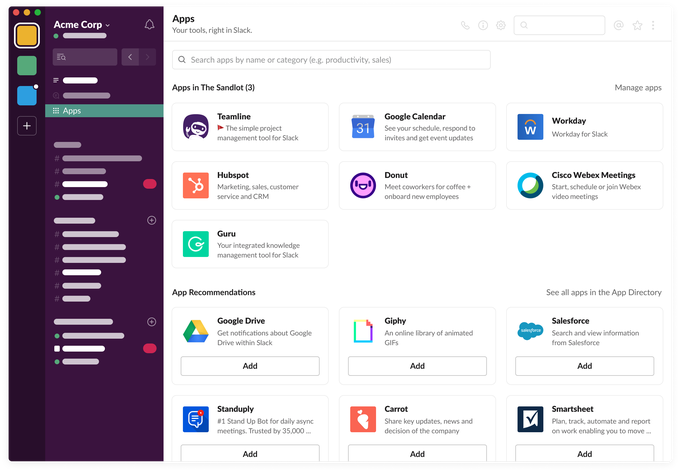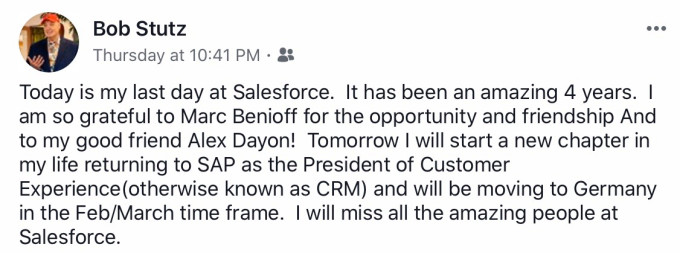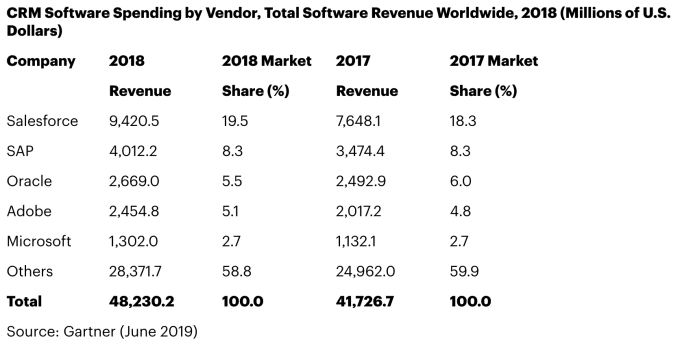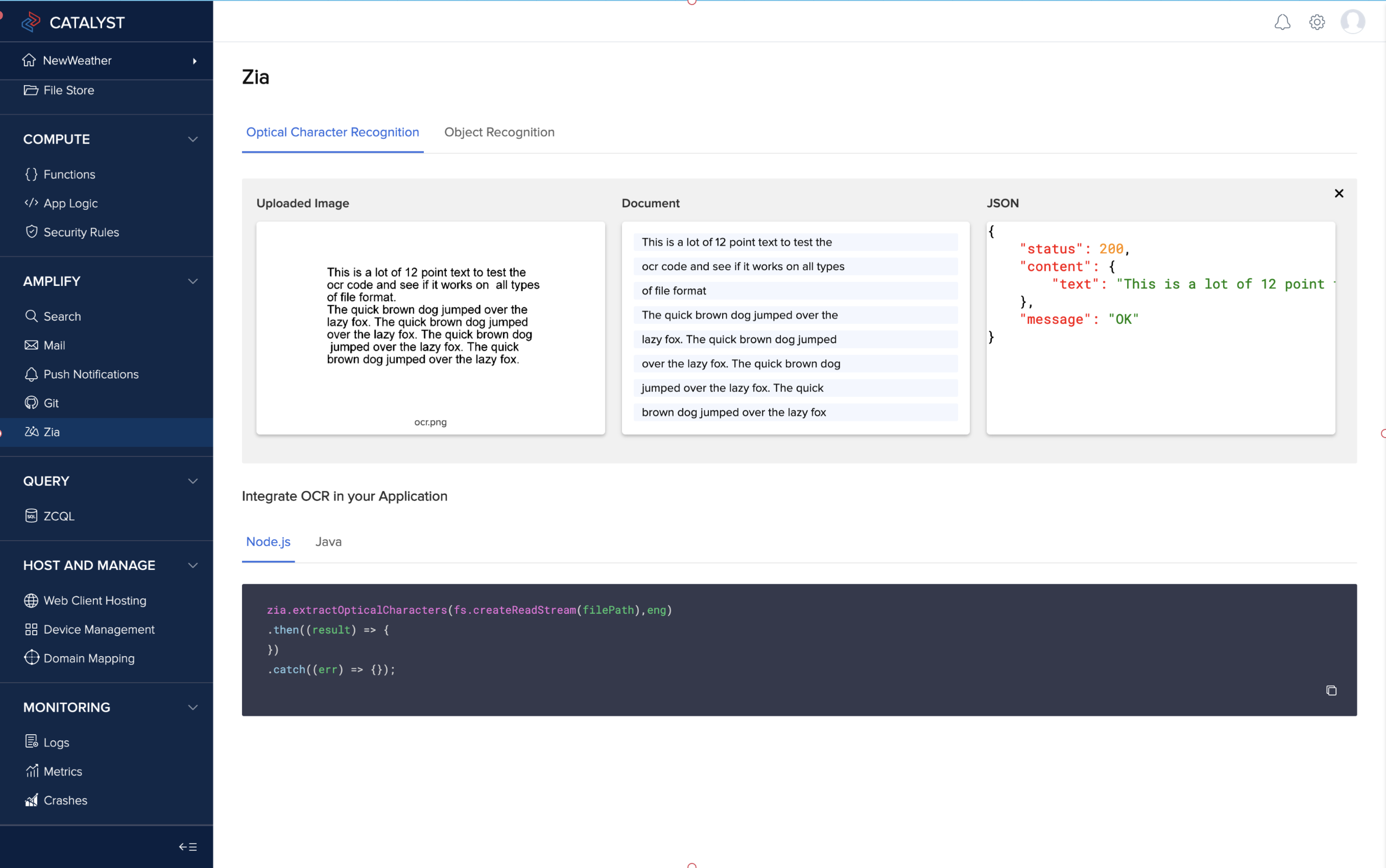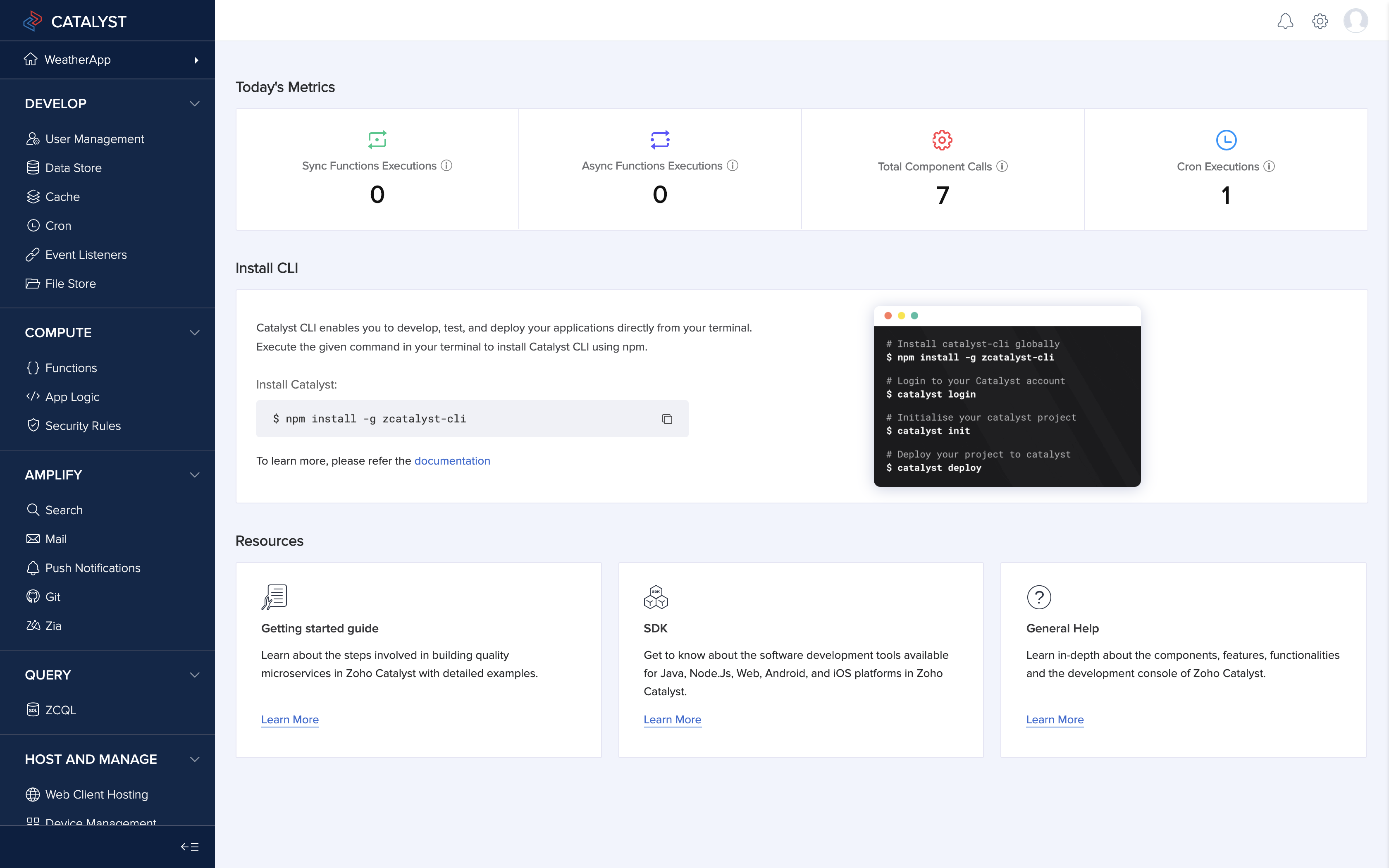Aurora Insight emerges from stealth with $18M and a new take on measuring wireless spectrum
Aurora Insight, a startup that provides a “dynamic” global map of wireless connectivity that it built and monitors in real time using AI combined with data from sensors on satellites, vehicles, buildings, aircraft and other objects, is emerging from stealth today with the launch of its first publicly available product, a platform providing insights on wireless signal and quality covering a range of wireless spectrum bands, offered as a cloud-based, data-as-a-service product.
“Our objective is to map the entire planet, charting the radio waves used for communications,” said Brian Mengwasser, the co-founder and CEO. “It’s a daunting task.” He said that to do this the company first “built a bunker” to test the system before rolling it out at scale.
With it, Aurora Insight is also announcing that it has raised $18 million in funding — an aggregate amount that reaches back to its founding in 2016 and covers both a seed round and Series A — from an impressive list of investors. Led by Alsop Louie Partners and True Ventures, backers also include Tippet Venture Partners, Revolution’s Rise of the Rest Seed Fund, Promus Ventures, Alumni Ventures Group, ValueStream Ventures and Intellectus Partners.
The area of measuring wireless spectrum and figuring out where it might not be working well (in order to fix it) may sound like an arcane area, but it’s a fairly essential one.
Mobile technology — specifically, new devices and the use of wireless networks to connect people, objects and services — continues to be the defining activity of our time, with more than 5 billion mobile users on the planet (out of 7.5 billion people) today and the proportion continuing to grow. With that, we’re seeing a big spike in mobile internet usage, too, with more than 5 billion people, and 25.2 billion objects, expected to be using mobile data by 2025, according to the GSMA.
The catch to all this is that wireless spectrum — which enables the operation of mobile services — is inherently finite and somewhat flaky in how its reliability is subject to interference. That in turn is creating a need for a better way of measuring how it is working, and how to fix it when it is not.
“Wireless spectrum is one of the most critical and valuable parts of the communications ecosystem worldwide,” said Rohit Sharma, partner at True Ventures and Aurora Insight board member, in a statement. “To date, it’s been a massive challenge to accurately measure and dynamically monitor the wireless spectrum in a way that enables the best use of this scarce commodity. Aurora’s proprietary approach gives businesses a unique way to analyze, predict, and rapidly enable the next-generation of wireless-enabled applications.”
If you follow the world of wireless technology and telcos, you’ll know that wireless network testing and measurement is an established field — about as old as the existence of wireless networks themselves (which says something about the general reliability of wireless networks). Aurora aims to disrupt this on a number of levels.
Mengwasser — who co-founded the company with Jennifer Alvarez, the CTO who you can see presenting on the company here — tells me that a lot of the traditional testing and measurement has been geared at telecoms operators, who own the radio towers, and tend to focus on more narrow bands of spectrum and technologies.
The rise of 5G and other wireless technologies, however, has come with a completely new playing field and set of challenges from the industry.
Essentially, we are now in a market where there are a number of different technologies coexisting — alongside 5G we have earlier network technologies (4G, LTE, Wi-Fi); and a potential set of new technologies. And we have a new breed of companies building services that need to have close knowledge of how networks are working to make sure they remain up and reliable.
Mengwasser said Aurora is currently one of the few trying to tackle this opportunity by developing a network that is measuring multiples kinds of spectrum simultaneously, and aims to provide that information not just to telcos (some of which have been working with Aurora while still in stealth) but the others kinds of application and service developers that are building businesses based on those new networks.
“There is a pretty big difference between us and performance measurement, which typically operates from the back of a phone and tells you when have a phone in a particular location,” he said. “We care about more than this, more than just homes, but all smart devices. Eventually, everything will be connected to network, so we are aiming to provide intelligence on that.”
One example are drone operators that are building delivery networks: Aurora has been working with at least one while in stealth to help develop a service, Mengwasser said, although he declined to say which one. (He also, incidentally, specifically declined to say whether the company had talked with Amazon.)
5G is a particularly tricky area of mobile network spectrum and services to monitor and tackle, which is one reason why Aurora Insight has caught the attention of investors.
“The reality of massive MIMO beamforming, high frequencies, and dynamic access techniques employed by 5G networks means it’s both more difficult and more important to quantify the radio spectrum,” said Gilman Louie of Alsop Louie Partners, in a statement. “Having the accurate and near-real-time feedback on the radio spectrum that Aurora’s technology offers could be the difference between building a 5G network right the first time, or having to build it twice.” Louie is also sitting on the board of the startup.
![]()


